
Ingredient
Juice, mango
The Tropical Elixir
Mango juice is made from the pulpy flesh of ripe mangoes, resulting in a vibrant and flavorful beverage. It has a sweet and tangy taste, with tropical notes that evoke images of sunny beaches and exotic destinations. Mango juice is versatile and can be enjoyed on its own, mixed with other juices, or used as a base for various culinary creations.
Origins and history
Mangoes are believed to have originated in South Asia, specifically in present-day India and Myanmar. They have a rich cultural and historical significance in these regions, where they have been cultivated for thousands of years. Mangoes were introduced to other parts of the world through trade and exploration, and today they are grown in tropical and subtropical regions around the globe. They are often associated with summer and are considered the national fruit of India, Pakistan, and the Philippines.
Nutritional information
Mango juice is a good source of vitamins A and C, as well as dietary fiber. It also contains antioxidants and various minerals, including potassium and magnesium. However, it is important to note that mango juice can be high in natural sugars, so it should be consumed in moderation as part of a balanced diet.
How to select
When selecting mango juice, look for brands that use high-quality mangoes and minimal additives or preservatives. Check the ingredient list to ensure that the juice is made from 100% mangoes without any added sugars or artificial flavors. Opt for brands that use ripe and flavorful mangoes for the best taste experience.
Storage recommendations
To maintain the freshness and quality of mango juice, store it in the refrigerator after opening. It is best consumed within a few days to ensure optimal flavor. Unopened bottles or cartons of mango juice can be stored in a cool, dark place away from direct sunlight.
How to produce
Mango trees can be grown in tropical and subtropical regions, provided they have well-draining soil and receive plenty of sunlight. They can be propagated from seeds or purchased as young trees from nurseries. With proper care and regular pruning, mango trees can produce an abundance of fruit.
Preparation tips
Mango juice can be enjoyed on its own as a refreshing beverage, or used as a base for cocktails, smoothies, and desserts. It can be mixed with other fruit juices or combined with sparkling water for a fizzy tropical drink. Mango juice is also commonly used in the preparation of mango lassi, a popular Indian yogurt-based drink, or as a flavoring for ice creams, sorbets, and sauces.
Culinary uses
Refreshing beverage, cocktails, smoothies, desserts
Availability
Tropical and subtropical regions
More ingredients from this category » Browse all

Juice, peach
"The Golden Elixir: Unleashing the Sweet Essence of Peaches"
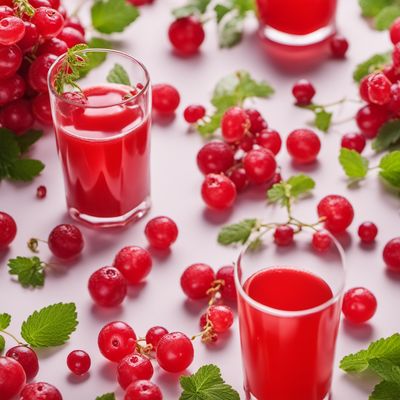
Juice, red currant
Tangy Elixir: Unleash the Vibrant Flavors of Red Currant

Juice, guava
"Tropical Delight: Exploring the Exotic Flavors of Guava Juice"

Mixed fruit juice
"Fruit Fusion Delight: A Symphony of Flavors in Mixed Fruit Juice"

Juice, lemon
The Zesty Elixir
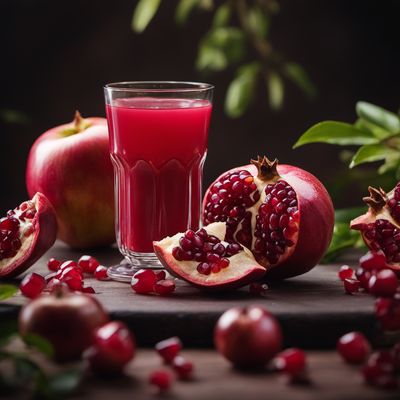
Juice, pomegranate
"The Ruby Elixir: Unveiling the Secrets of Pomegranate Juice"
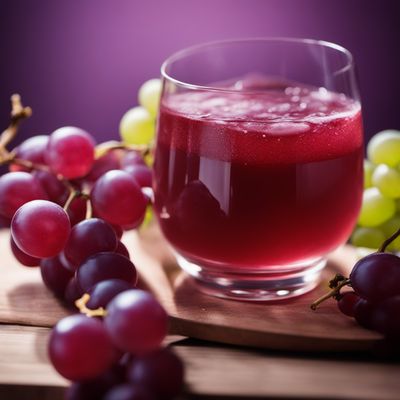
Juice, grape
The Liquid Jewel

Juice, cranberry
Tart Elixir: Unveiling the Vibrant World of Cranberry Juice

Juice, grapefruit
Tangy Citrus Burst
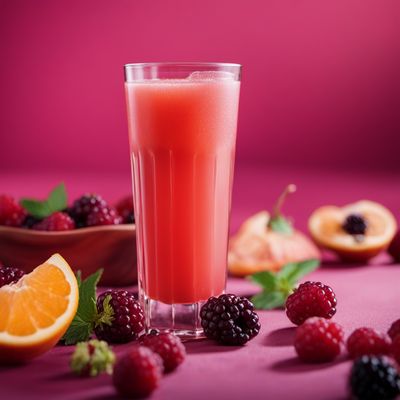
Juice, blackberry
The Dark Elixir
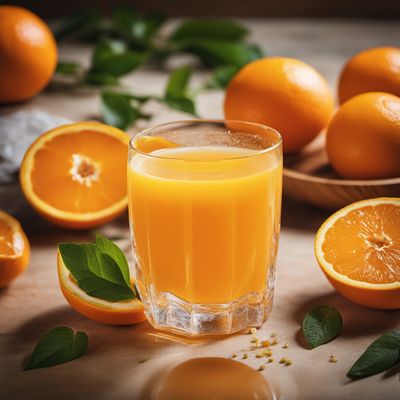
Juice, orange
"The Zesty Elixir: Unleashing the Vibrant Flavors of Freshly Squeezed Orange Juice"

Juice, lime
The Zesty Elixir
Recipes using Juice, mango » Browse all

Smalahove with a Caribbean Twist
Caribbean Smalahove: A Fusion of Norwegian and Saint Lucian Flavors

Chinese Buddhist Miang Kham
Enlightened Leaf Wraps: Chinese Buddhist Miang Kham
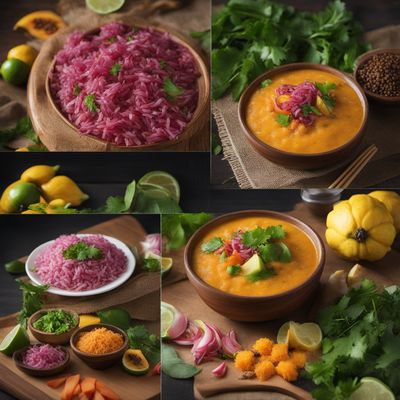
Polynesian Sofegada
Tropical Fusion: Polynesian Sofegada - A Flavorful Blend of Portuguese and Polynesian Delights

Caribbean Stuffed Veal Roast
Tropical Delight: Caribbean Stuffed Veal Roast

Honduran-style Silakat
Caribbean Delight: Honduran-style Silakat

Bahamian Tropical Berry Delight
Tropical Berry Paradise: A Bahamian Twist on Rote Grütze
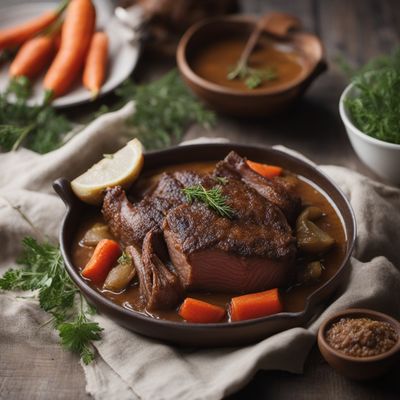
Welsh-inspired Međimurski Gulaš
Welsh Dragon Stew: A Hearty Twist on Međimurski Gulaš

Palauan Fartons
Tropical Delights: Palauan Fartons with a Twist
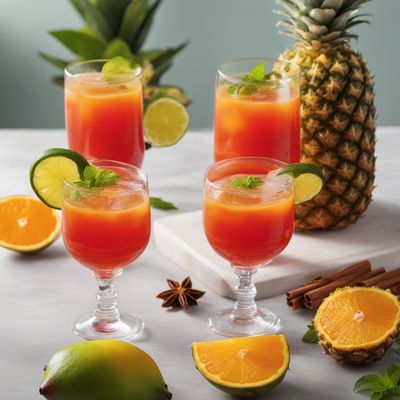
Saint Lucian Spiced Fruit Punch
Tropical Delight: Saint Lucian Spiced Fruit Punch

Jamaican-inspired Jerk Chicken Sushi Rolls
Caribbean Fusion: Jerk Chicken Sushi Rolls with a Jamaican Twist

New York-Style Cheesecake
Brazilian Twist Cheesecake: A Creamy Delight with a Tropical Flair
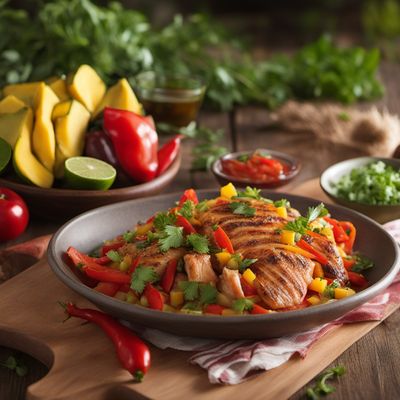
Marquesas Delight
French Fusion: Marquesas Delight